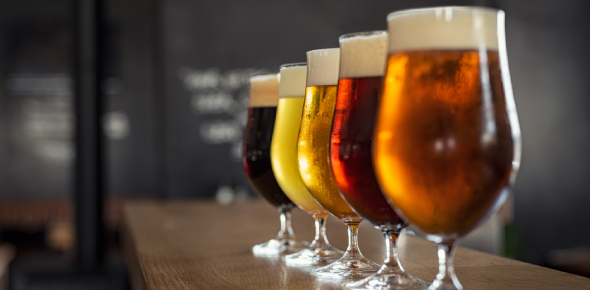Beer 101 Quiz: Brewing And Ingredients!
- IBD
- BJCP
2.
You may optionally provide this to label your report, leaderboard, or certificate.
Submit
Submit
Submit
Submit
Submit
×
Thank you for your feedback!
















